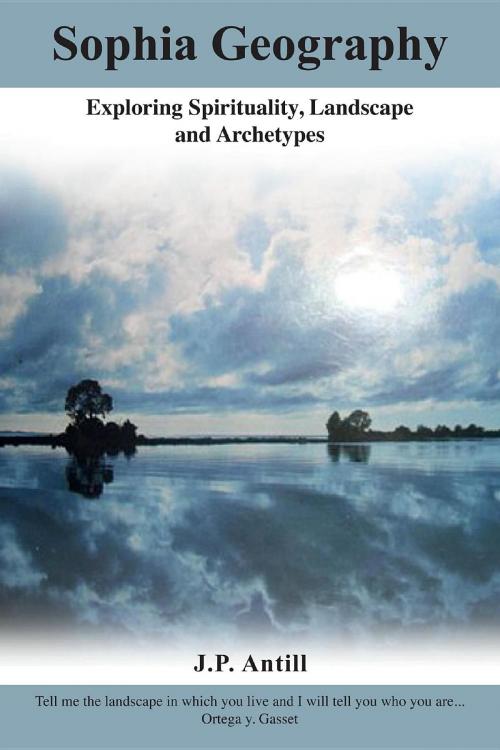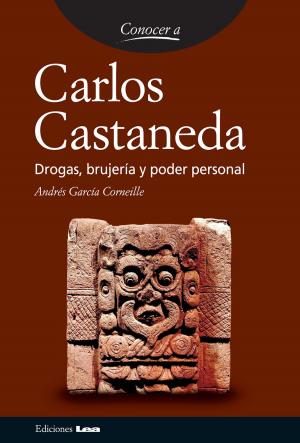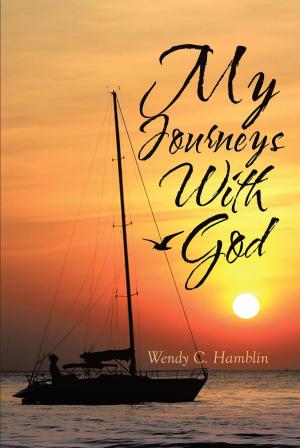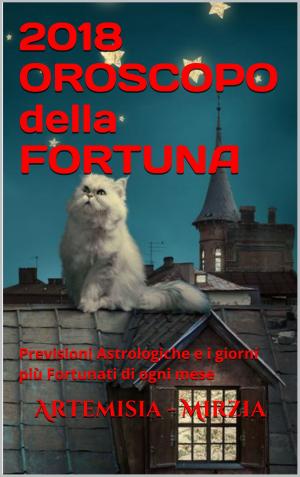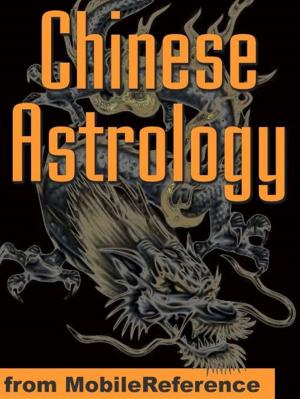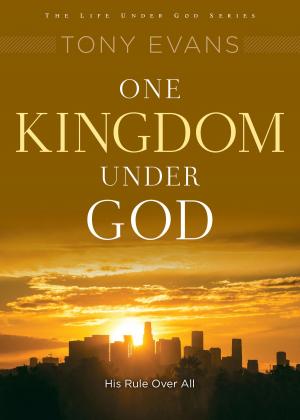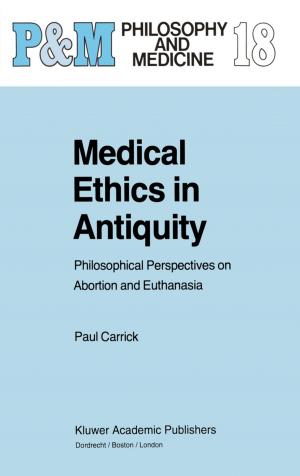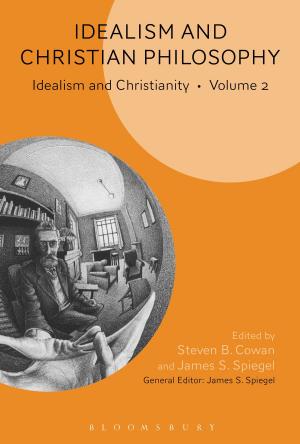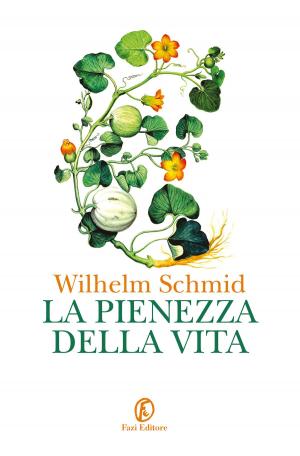Sophia Geography
Exploring Spirituality, Landscape and Archetypes
Nonfiction, Religion & Spirituality, Reference, Psychology of Religion, Philosophy, Mind & Body, Inspiration & Meditation, Spirituality| Author: | Janice P Antill | ISBN: | 9780473262877 |
| Publisher: | Harpagornis Publishing Limited | Publication: | July 31, 2017 |
| Imprint: | Harpagornis Publishing Limited | Language: | English |
| Author: | Janice P Antill |
| ISBN: | 9780473262877 |
| Publisher: | Harpagornis Publishing Limited |
| Publication: | July 31, 2017 |
| Imprint: | Harpagornis Publishing Limited |
| Language: | English |
"TELL ME YOUR LANDSCAPE and I will tell you who you are." We are defined by our landscapes, as the Spanish philosopher Ortega y Gasset said . Yet this book shows that it is the archetypes which are behind our landscapes , which permeate our values and inform our spirituality. These form our inner landscapes.
Dr J.P. Antill, a descendant of the Te Wai Pounamu landscape , the Greenstone South Island of New Zealand, was impelled after travels in Tibet and Northern India to undertake a personal quest to discover the spiritual meanings of landscapes. ‘Sophia Geography’ is a journey of the mind.
Religious Studies is the academic discipline concerned with spirituality, religion and theology in its broadest sense.
'Sophia Geography' approaches the spiritual inherent in landscapes from a secular point of view. Spirituality, landscape and archetypes are ideas which can be explored historically, analytically and descriptively, or phenomenologically.
Sophia Geography is an exploration . It is an academic quest for clarification and enlightenment on ideas about spirituality , landscape and archetypes - and finally it comes to a realization and explores the forgotten and hidden Gnostic Sophia. This is not a dogmatic book , but rather it is a phenomenological exploration. Everything is up for discussion and disagreement . Setting out, this writer did not know the destination. The conclusion , like a lost continent emerging out of the mist, was a rediscovery. Whether it is real , is up to you.
Explored in this book are the following topics: History of Western Spirituality; Geography of Landscape, Place and Spirituality; Archetypal Psychology and Archetypal Landscapes; Paganism and Animism– New Zealand Maori, American Indian and Australian Aborigine Primal Religions; Green Ecospirituality; Philosophy of Science and Spirituality; Postmodernism; Postmodern theology and science; Feminist and Ecofeminist theology; Gnosticism and Persian mysticism as interpreted by Henry Corbin; and the long lost Sophia – philosophy of the Soul and the Soul of the Earth.
The seminal thinkers drawn on are: Carl Jung, Anthony Stevens, James Hillman, Walter A. Shelburne, Peter Bishop, Denis Cosgrove, Barry Lopez, Lynn Ross-Bryant, Edward C. Whitmont, Kathleen Granville Damiani, Carol P. Christ, Lloyd Geering, Thomas Berry, Charlene Spretnak, James Lovelock, Wolfgang Pauli, F. David Peat, David Bohm and Henry Corbin.
“Anyone who has ever intuitively felt that the world we inhabit is a spiritual one, will be enlightened from beginning to end by ‘Sophia Geography’. With its strong line of argument and vast scope it opens up new vistas not just by the chapter but with each page turned. The end result is a hugely altered vision – that humanity and the Earth share the same soul.”
David Famularo , artist and Green activist
“…sparks with insight, commitment and understanding…it is a significant contribution to the field of large-scale archetypal synthesis, especially those which attempt to apply themselves to urgent and important social concerns…the writer’s strength lies in her ability to synthesise and in her understanding of and empathy with the Sophianic perspective, particularly as articulated by Henri Corbin. The attempt to apply Corbin’s interpretation and exposition of Ibn ‘Arabi’s seminal work to the field of eco-poetics is both original and important. This is difficult work and is a profound challenge to dominant paradigms of understanding, perception and experience in most societies, not merely western…”
Professor Peter Bishop, ‘The Myth of Shangri-La -- Tibet, Travel Writing and the Western Creation of Sacred Landscape’
"TELL ME YOUR LANDSCAPE and I will tell you who you are." We are defined by our landscapes, as the Spanish philosopher Ortega y Gasset said . Yet this book shows that it is the archetypes which are behind our landscapes , which permeate our values and inform our spirituality. These form our inner landscapes.
Dr J.P. Antill, a descendant of the Te Wai Pounamu landscape , the Greenstone South Island of New Zealand, was impelled after travels in Tibet and Northern India to undertake a personal quest to discover the spiritual meanings of landscapes. ‘Sophia Geography’ is a journey of the mind.
Religious Studies is the academic discipline concerned with spirituality, religion and theology in its broadest sense.
'Sophia Geography' approaches the spiritual inherent in landscapes from a secular point of view. Spirituality, landscape and archetypes are ideas which can be explored historically, analytically and descriptively, or phenomenologically.
Sophia Geography is an exploration . It is an academic quest for clarification and enlightenment on ideas about spirituality , landscape and archetypes - and finally it comes to a realization and explores the forgotten and hidden Gnostic Sophia. This is not a dogmatic book , but rather it is a phenomenological exploration. Everything is up for discussion and disagreement . Setting out, this writer did not know the destination. The conclusion , like a lost continent emerging out of the mist, was a rediscovery. Whether it is real , is up to you.
Explored in this book are the following topics: History of Western Spirituality; Geography of Landscape, Place and Spirituality; Archetypal Psychology and Archetypal Landscapes; Paganism and Animism– New Zealand Maori, American Indian and Australian Aborigine Primal Religions; Green Ecospirituality; Philosophy of Science and Spirituality; Postmodernism; Postmodern theology and science; Feminist and Ecofeminist theology; Gnosticism and Persian mysticism as interpreted by Henry Corbin; and the long lost Sophia – philosophy of the Soul and the Soul of the Earth.
The seminal thinkers drawn on are: Carl Jung, Anthony Stevens, James Hillman, Walter A. Shelburne, Peter Bishop, Denis Cosgrove, Barry Lopez, Lynn Ross-Bryant, Edward C. Whitmont, Kathleen Granville Damiani, Carol P. Christ, Lloyd Geering, Thomas Berry, Charlene Spretnak, James Lovelock, Wolfgang Pauli, F. David Peat, David Bohm and Henry Corbin.
“Anyone who has ever intuitively felt that the world we inhabit is a spiritual one, will be enlightened from beginning to end by ‘Sophia Geography’. With its strong line of argument and vast scope it opens up new vistas not just by the chapter but with each page turned. The end result is a hugely altered vision – that humanity and the Earth share the same soul.”
David Famularo , artist and Green activist
“…sparks with insight, commitment and understanding…it is a significant contribution to the field of large-scale archetypal synthesis, especially those which attempt to apply themselves to urgent and important social concerns…the writer’s strength lies in her ability to synthesise and in her understanding of and empathy with the Sophianic perspective, particularly as articulated by Henri Corbin. The attempt to apply Corbin’s interpretation and exposition of Ibn ‘Arabi’s seminal work to the field of eco-poetics is both original and important. This is difficult work and is a profound challenge to dominant paradigms of understanding, perception and experience in most societies, not merely western…”
Professor Peter Bishop, ‘The Myth of Shangri-La -- Tibet, Travel Writing and the Western Creation of Sacred Landscape’
